17 1960s Classic Cars with Unconventional Engines
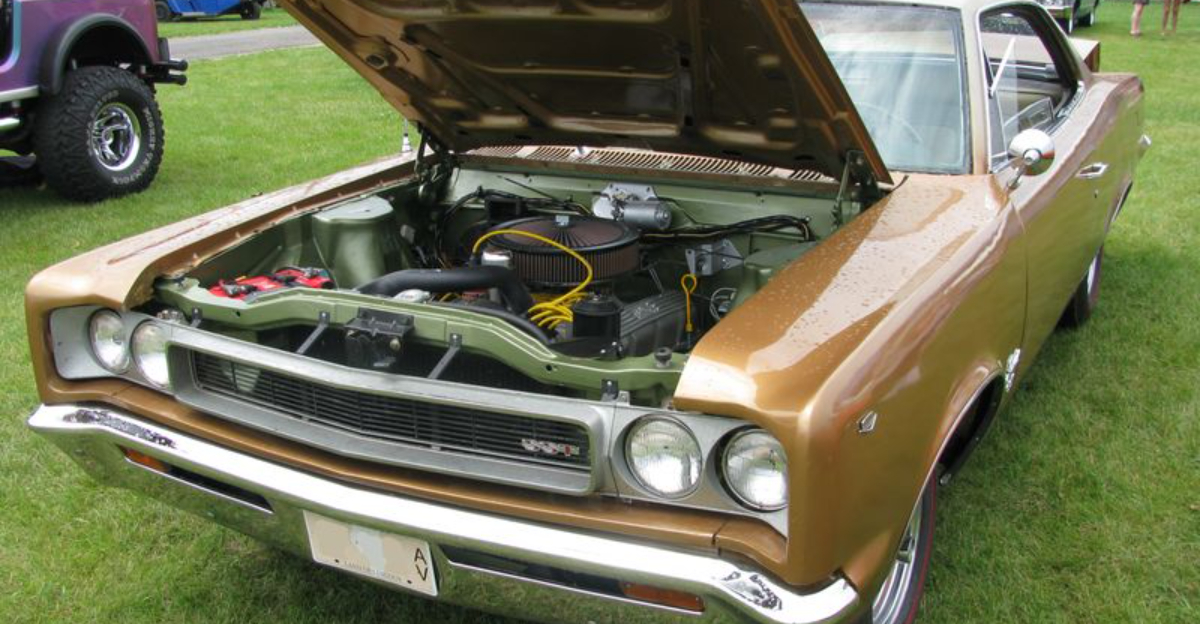
Explore the fascinating world of 1960s automotive ingenuity, where manufacturers boldly experimented with unconventional engines. From rotary wonders to turbine dreams, these classic cars showcase unique engineering feats.
Discover why these designs emerged and how they performed, while enjoying an engaging and conversational look into the automotive past.
1. Chevrolet Corvair (1960-1969)
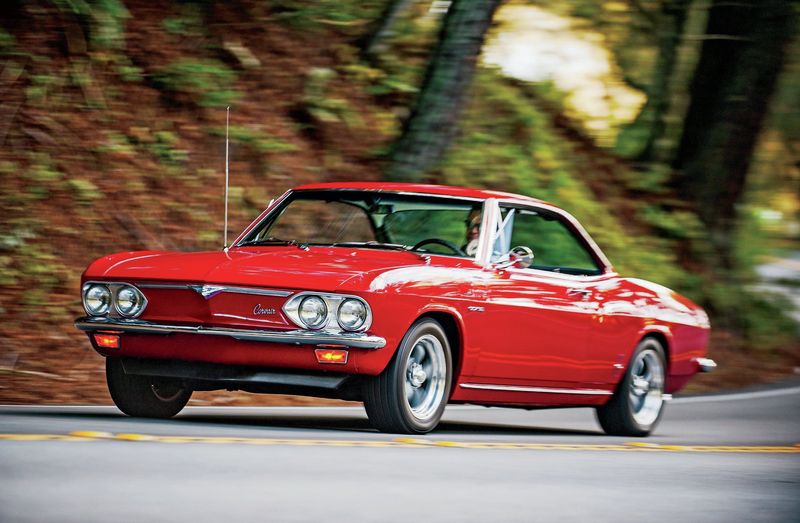
The Chevrolet Corvair stood out in American automotive history with its unusual rear-mounted, air-cooled flat-six engine. At a time when front-engine, water-cooled designs dominated, the Corvair broke the mold, offering nimble handling and a unique driving experience.
Although safety controversies cast a shadow over its reputation, the Corvair’s daring engineering left a lasting impression and contributed to future compact car innovation.
2. NSU Ro 80 (1967-1977)
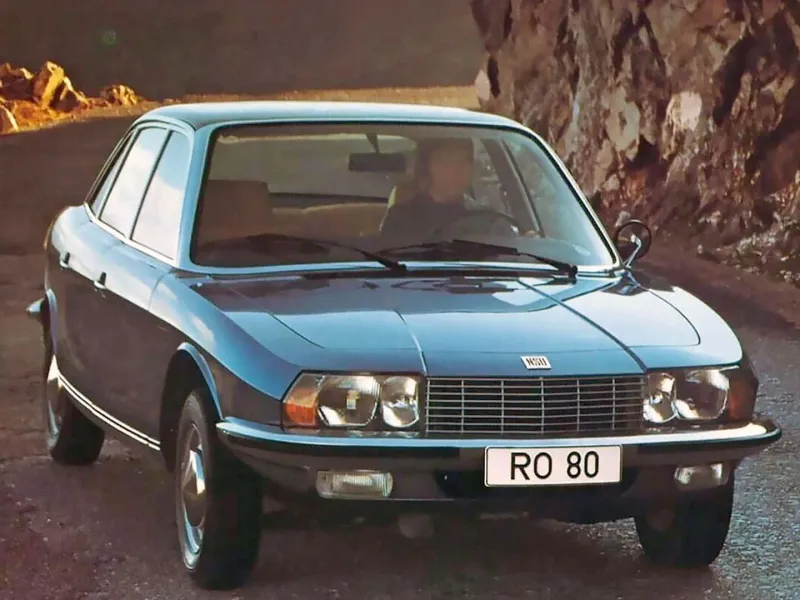
Few cars dared to be as revolutionary as the NSU Ro 80, which introduced a Wankel rotary engine that promised smooth and high-revving performance. Its compact motor enabled sleek, aerodynamic styling, but mechanical issues hindered its success.
Even so, NSU’s ambitious venture into rotary technology paved the way for other automakers, especially Mazda, to refine and pursue this unconventional engine type in years to come.
3. Chrysler Turbine Car (1963-1964)
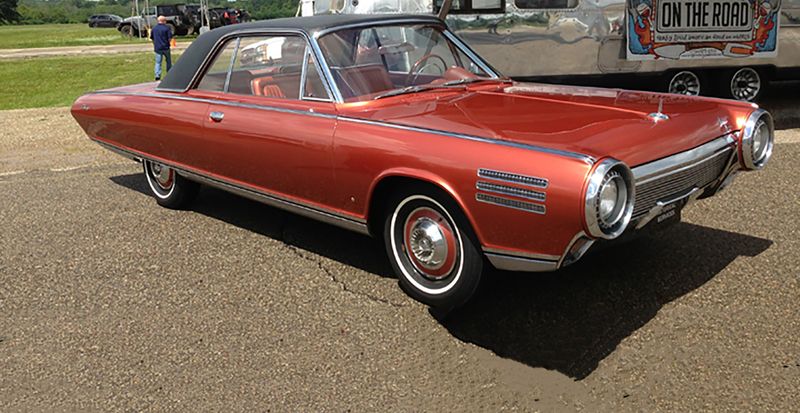
With the Turbine Car, Chrysler pushed automotive boundaries, equipping it with a jet-like gas turbine engine that could run on anything from diesel to tequila. The concept captivated the public and automotive press alike for its futuristic vision and whisper-smooth ride.
Yet, practical limitations like fuel efficiency and manufacturing costs meant that only a limited number were ever produced, leaving this turbine-powered marvel as a tantalizing ‘what-if’ of automotive history.
4. Citroën DS21 (1965-1972)
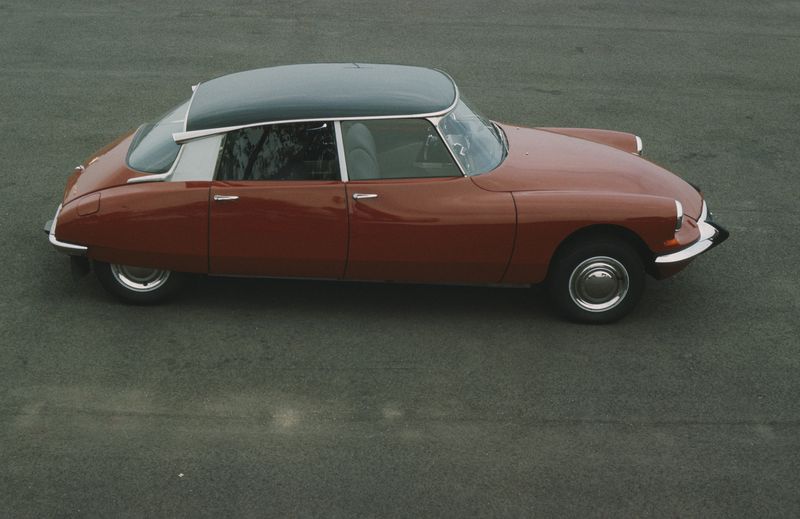
The Citroën DS21 paired a smooth inline-four with a hydropneumatic system that powered its suspension, steering, and brakes—an unconventional marriage of engine and chassis tech.
Launched in 1965, it offered a futuristic ride that captivated Europe. Its bold engineering influenced luxury designs, cementing its pioneering legacy.
5. Mazda Cosmo 110S (1967-1972)
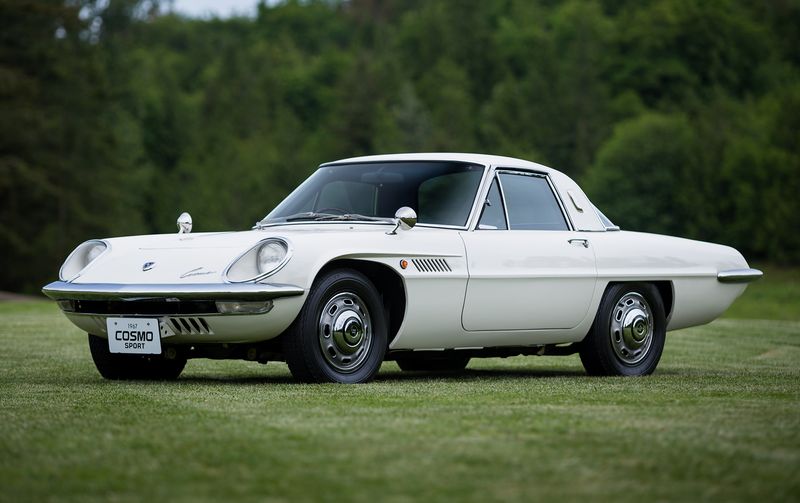
Mazda made a bold statement with the Cosmo 110S, one of the world’s first production cars powered by a Wankel rotary engine. Its compact motor allowed for a lightweight, sleek coupe that emphasized smooth acceleration and high-revving performance.
Though fuel economy was a concern, the Cosmo showcased Mazda’s engineering creativity and set the stage for the brand’s rotary legacy, inspiring generations of enthusiasts.
6. Tatra 603 (1956-1975)
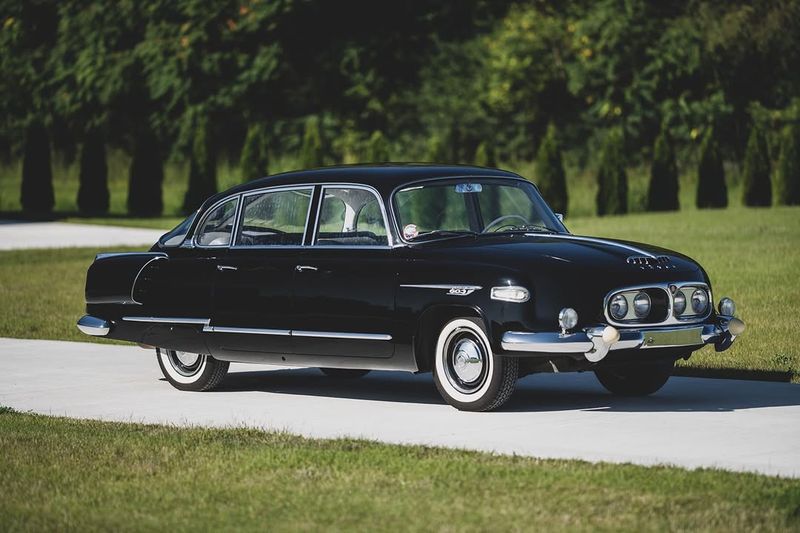
The Tatra 603, with its rear-mounted air-cooled V8 engine, stood as a symbol of Eastern European ingenuity. The design was unconventional, prioritizing durability and simplicity, and suited various road conditions.
Although it didn’t influence Western designs significantly, the 603’s robust performance made it a staple among Eastern European officials, showcasing a unique approach to automotive engineering.
7. AMC Rambler Rebel (1957-1960)
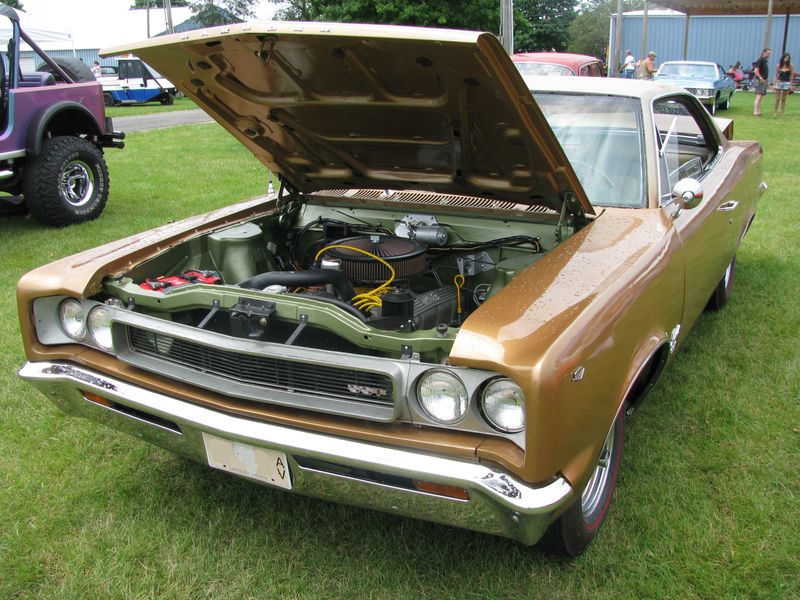
The AMC Rambler Rebel tested uncharted waters with an early electronic fuel injection system on its V8 in 1957.
Though reliability woes scrapped it for carburetors, this bold experiment hinted at future fuel delivery tech. It’s a quirky footnote that nudged automotive engineering forward.
8. Panhard 24 (1964-1967)
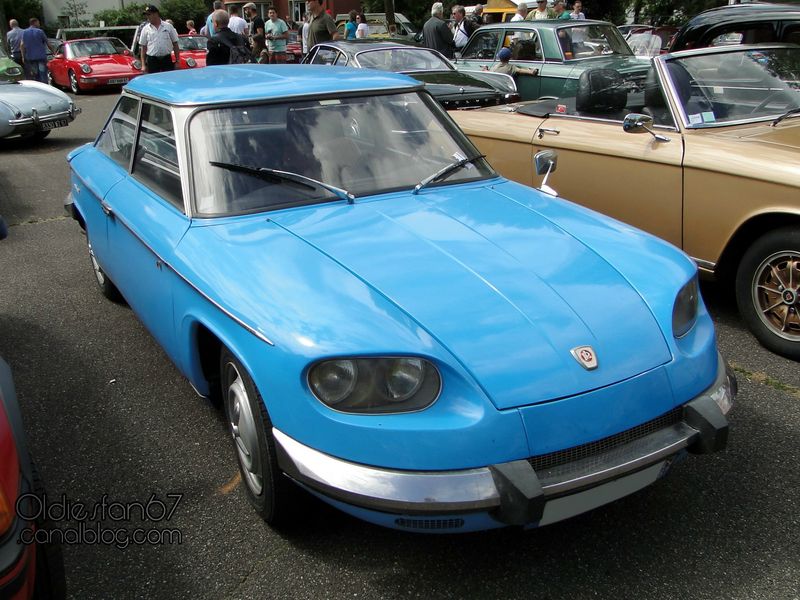
A shining example of French ingenuity, the Panhard 24 ran on a tiny, air-cooled flat-twin engine designed for efficiency and minimalism.
Despite its small size, this car emphasized lightweight construction and aerodynamic lines. Although limited in power, it demonstrated how clever engineering could produce a stylish, economical car for city drivers—long before compact efficiency became a global trend.
9. Gordon-Keeble GK1 (1964-1967)
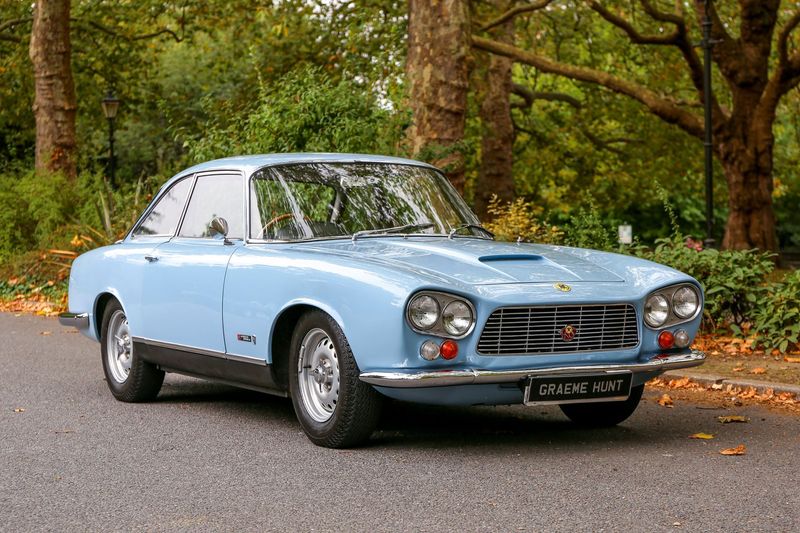
The Gordon-Keeble GK1 embodied a blend of European styling and American power, featuring a Chevrolet small-block V8. This fusion aimed to offer a grand touring experience without compromising on performance.
While production was limited, the GK1 exemplified cross-continental collaboration in automotive engineering, influencing future international partnerships.
10. Mercedes-Benz C111 (1969-1970)

The Mercedes-Benz C111 was an experimental marvel, initially featuring a three-rotor Wankel rotary engine. It showcased cutting-edge technology, aiming for high performance and efficiency.
Although it later tested diesel engines, the C111’s rotary experiments reflected Mercedes-Benz’s commitment to exploring new horizons in automotive engineering, leaving an indelible mark on automotive innovation.
11. Goggomobil Dart (1959-1961)
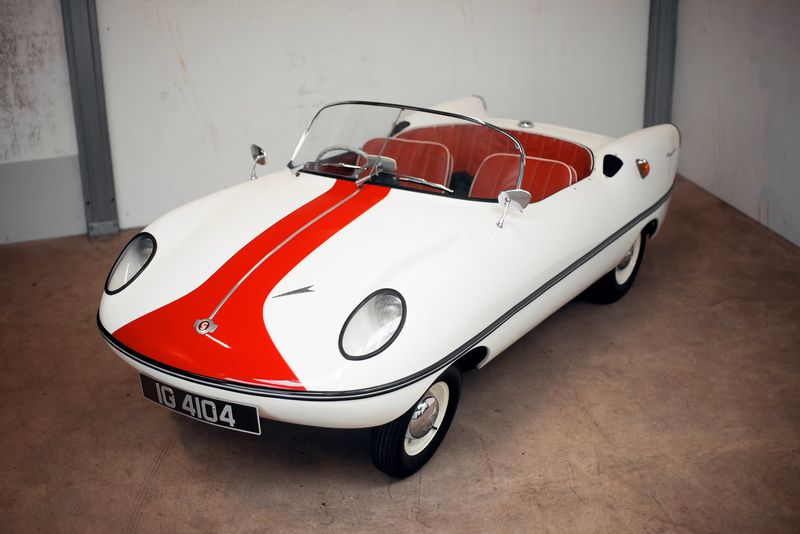
The Goggomobil Dart was an eye-catching microcar born in Australia, powered by a tiny rear-mounted two-stroke, twin-cylinder engine.
With its fiberglass body and minimalist design, the Dart was light, nimble, and perfect for city life. Although modest in power, its playful aesthetic and simplicity earned it a cult following, showing how creative design could thrive in compact, urban vehicles.
12. Howmet TX (1968)
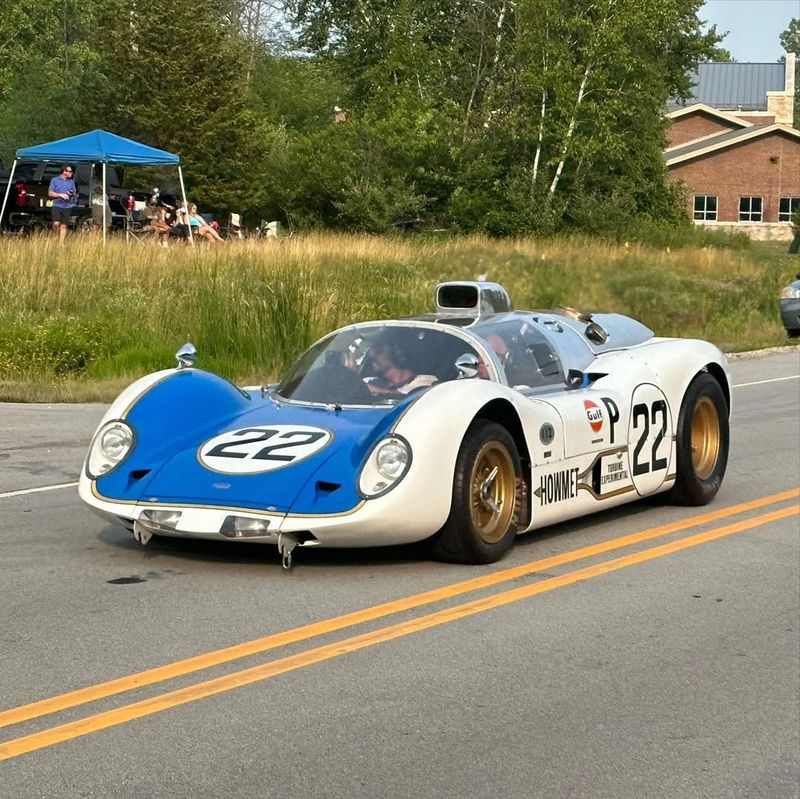
In a daring experiment, the Howmet TX brought turbine technology to the racetrack, equipped with a gas turbine engine capable of extraordinary speeds.
While turbine engines were typically reserved for aircraft, Howmet demonstrated that such technology could, in theory, thrive in motorsports. Although short-lived, the TX became a symbol of racing innovation and remains one of the most fascinating one-off projects in racing history.
13. Toyota Sports 800 (1965-1969)
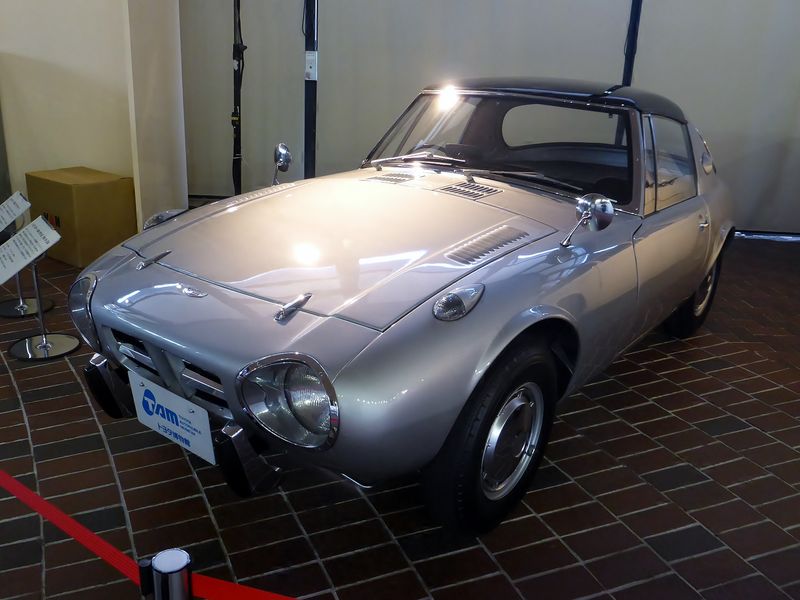
Small but mighty, the Toyota Sports 800 featured a tiny air-cooled, two-cylinder boxer engine, prioritizing efficiency without sacrificing driving fun.
Despite its modest power, its lightweight design gave it sporty handling, and it was among the most fuel-efficient sports cars of its day. Often overlooked, the Sports 800 laid important groundwork for Toyota’s later ventures into nimble sports cars like the MR2 and 86.
14. Fiat 130 (1969-1977)
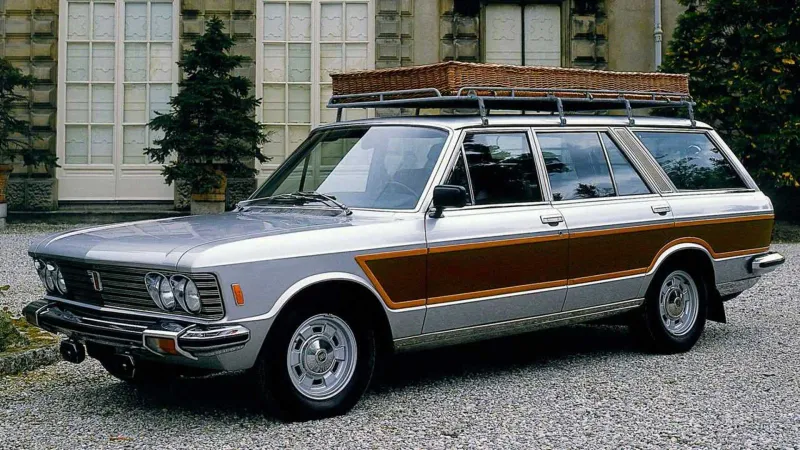
The Fiat 130 introduced an unusual 60-degree V6 engine, designed by Ferrari engineer Aurelio Lampredi. This choice provided a distinctive character and smooth power delivery.
Although it didn’t achieve widespread acclaim, the engine’s innovative design contributed to the evolution of V6 engines in luxury sedans, underlining Fiat’s commitment to engineering excellence.
15. Bizzarrini P538 (1965-1969)
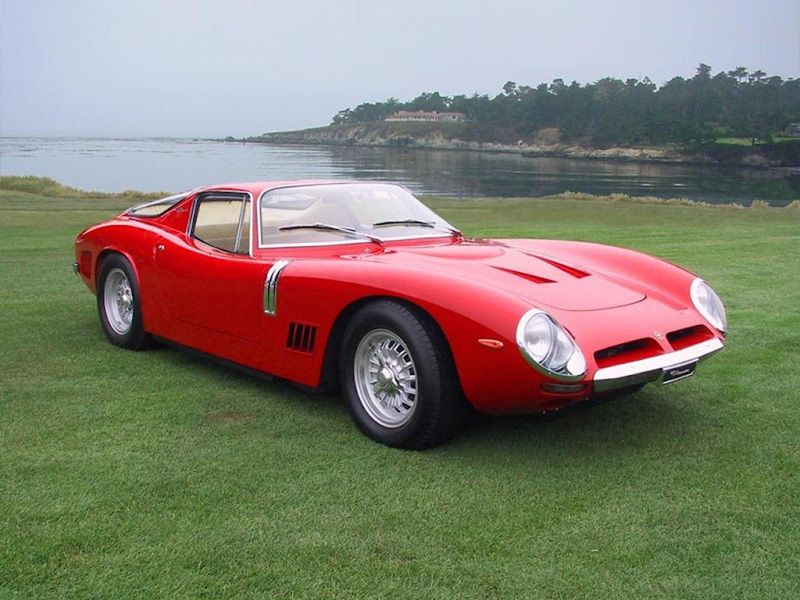
The Bizzarrini P538 was a mid-engine supercar that experimented with both Chevrolet V8s and Lamborghini V12s. This dual approach sought to optimize performance and adaptability in various racing conditions.
While production was limited, the P538’s bold experimentation influenced future supercar designs, highlighting the potential of diverse powertrain strategies.
16. Ferrari 206 Dino GT (1967-1969)
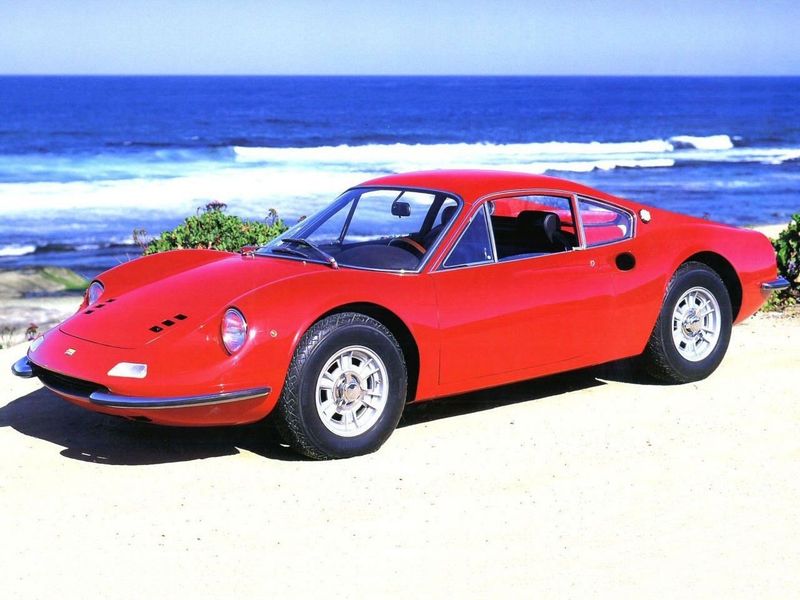
Breaking away from Ferrari’s V12 tradition, the 206 Dino GT introduced a V6 engine aimed at creating a more accessible sports car without losing Ferrari’s signature performance.
Sleek and agile, the Dino was initially controversial but later celebrated for its design and driving dynamics. Its influence is evident in modern mid-engine Ferraris, showing how a smaller engine can still deliver a thrilling experience.
17. Lloyd Arabella (1959-1963)
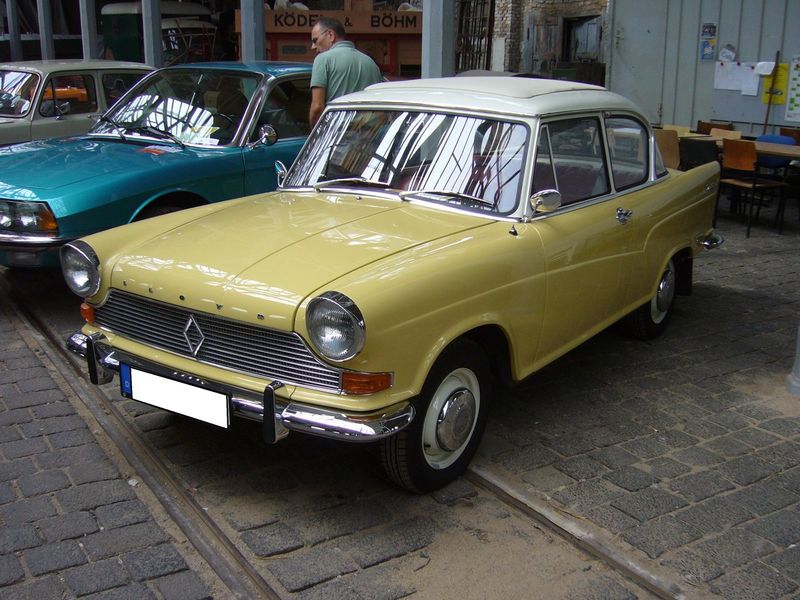
The Lloyd Arabella featured a front-mounted, water-cooled flat-four engine, a rare choice for economy cars of its era. Designed for space and efficiency in a compact frame, it launched in 1959 but struggled with reliability woes.
Though innovative, its limited success curbed its influence, marking it as a curious experiment in German automotive design.
